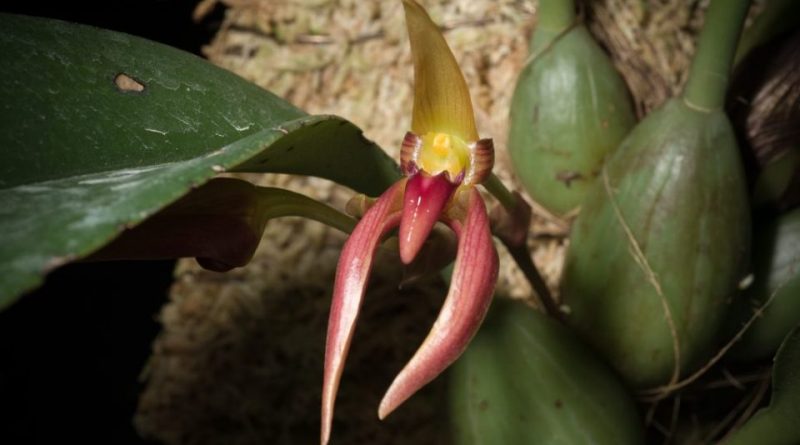Pseudobulb
Pseudobulb
By pseudobulb, in botany, we mean a vegetable organ, derived from the enlargement of a part of the stem, used by the plant as a structure to store energy in the form of carbohydrates and water.
The presence therefore of pseudobulbs allows the plants to resist periods of dryness, lack of humidity and nutritive elements.
Pseudobulb is a very frequent organ in the family of simpodial orchids (Orchidaceae), especially in epiphytic ones since the roots, being aerial, do not have constant humidity which in other cases is provided by the soil.
The pseudobulb can be single or composed of various nodes and is almost always endowed with one or more deciduous or persistent leaves.
Pseudobulbs usually live between 1 and 5 years but are continuously produced by the growth of the rhizome; they can have different forms: oblong-cylindrical (Bulbophyllum), globosa (Sophronitis), ovoid (Neomoumea), ovoid compressed (Laelia), oblong or pear-shaped (Encyclia), elliptic (Grammatophyllum), fusiform (Catasetum), rigongia at the base (Cattleya ), etc.
Whatever the form, pseudobulbs are produced by an underground or hanging rhizome.

